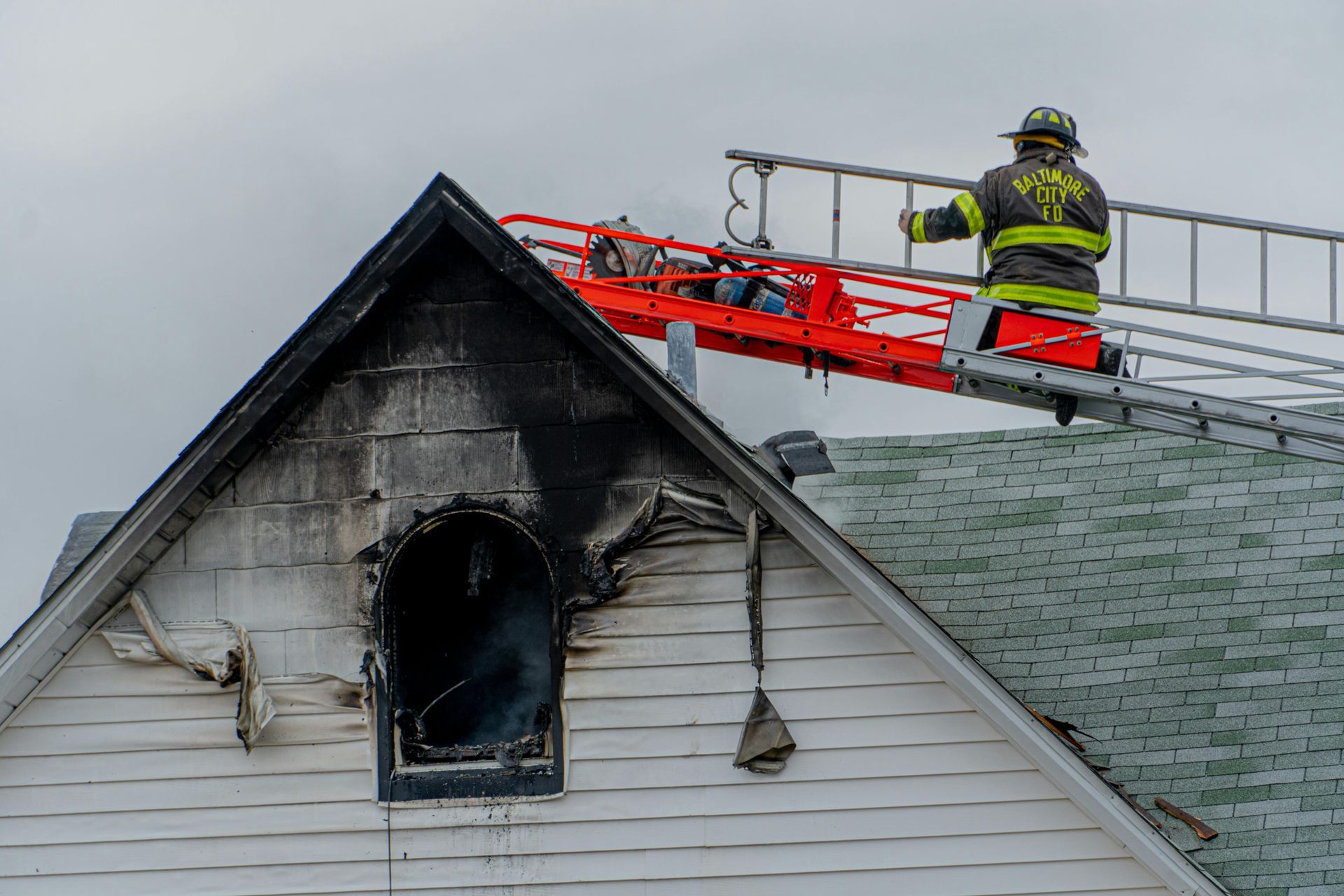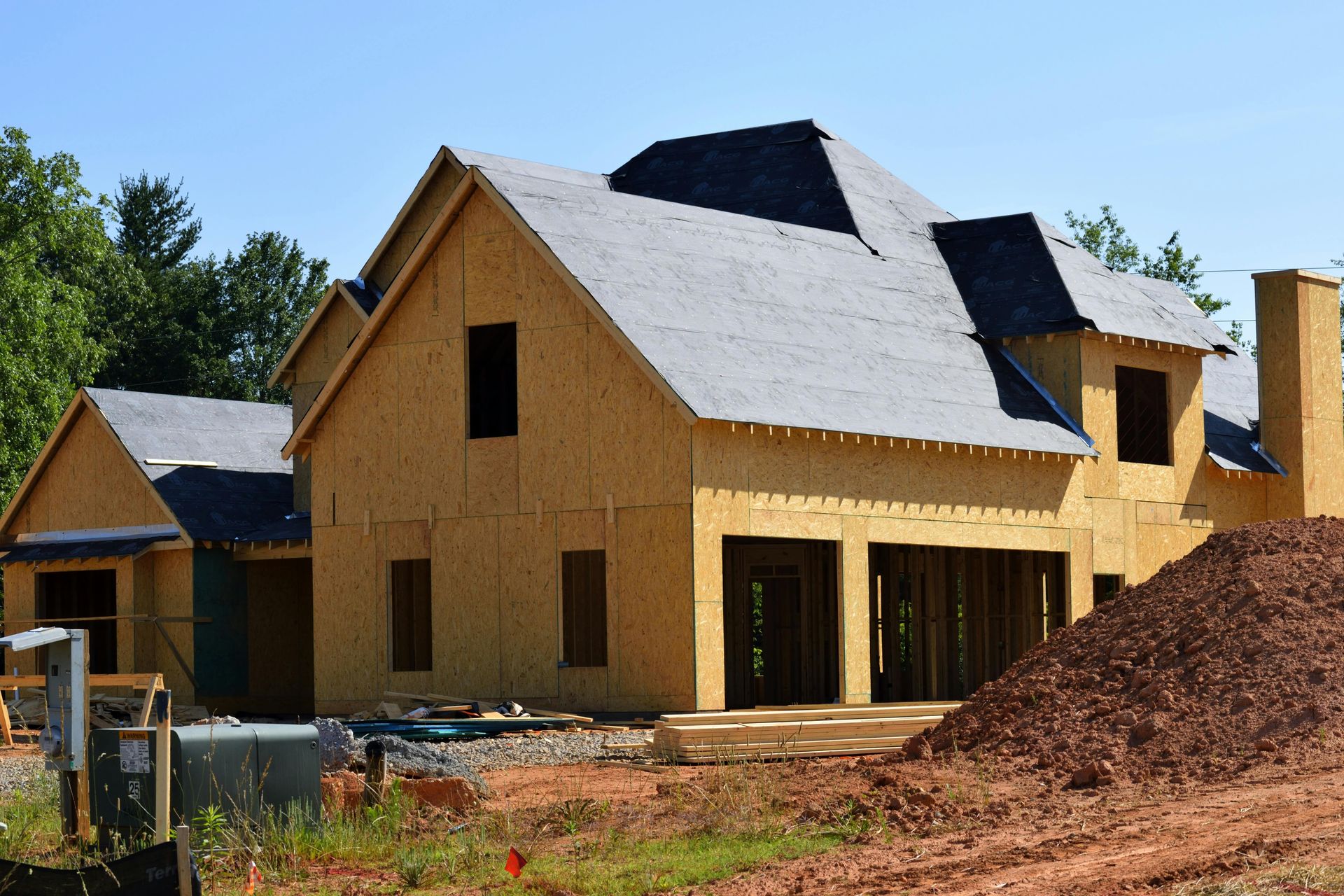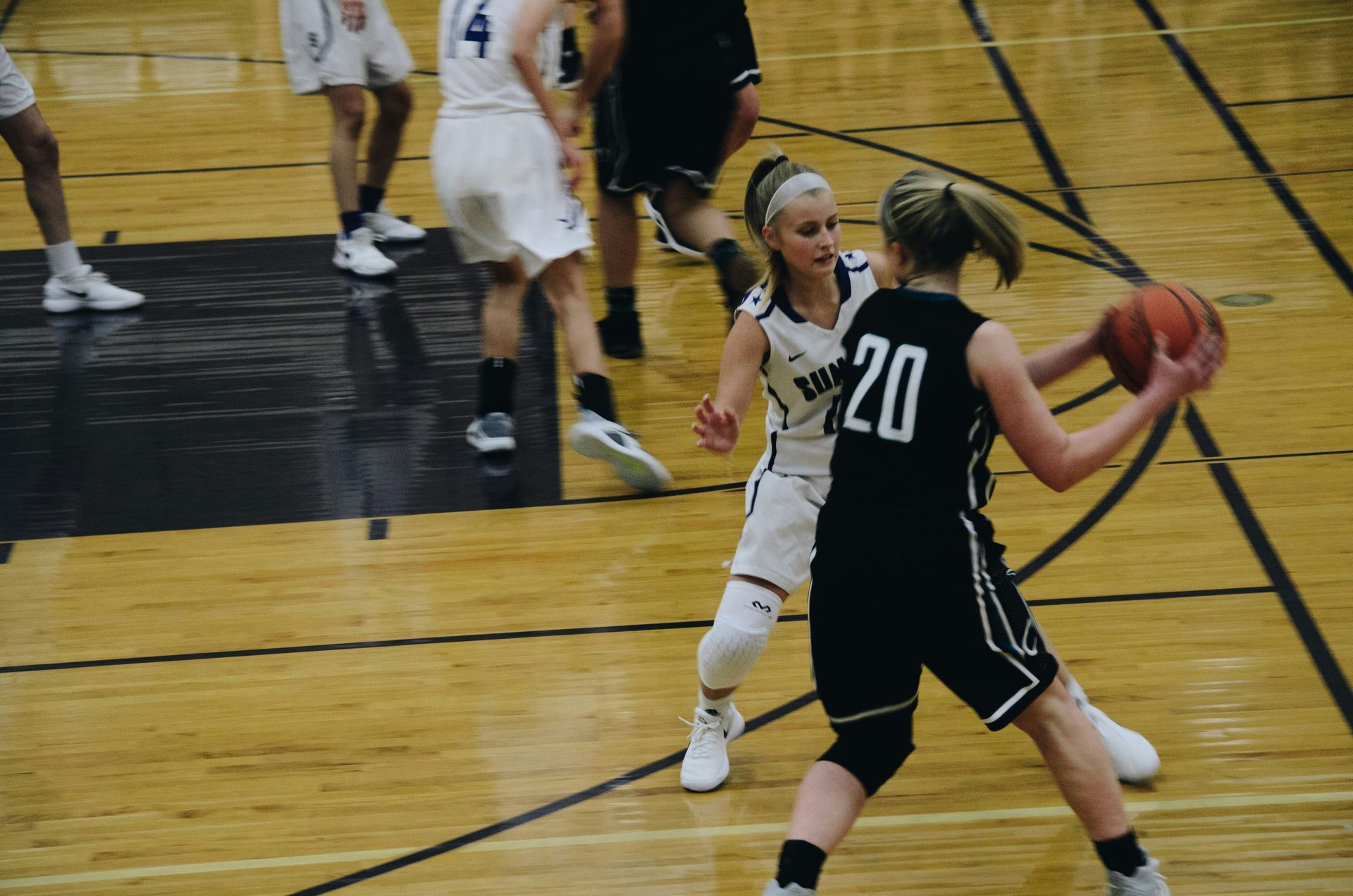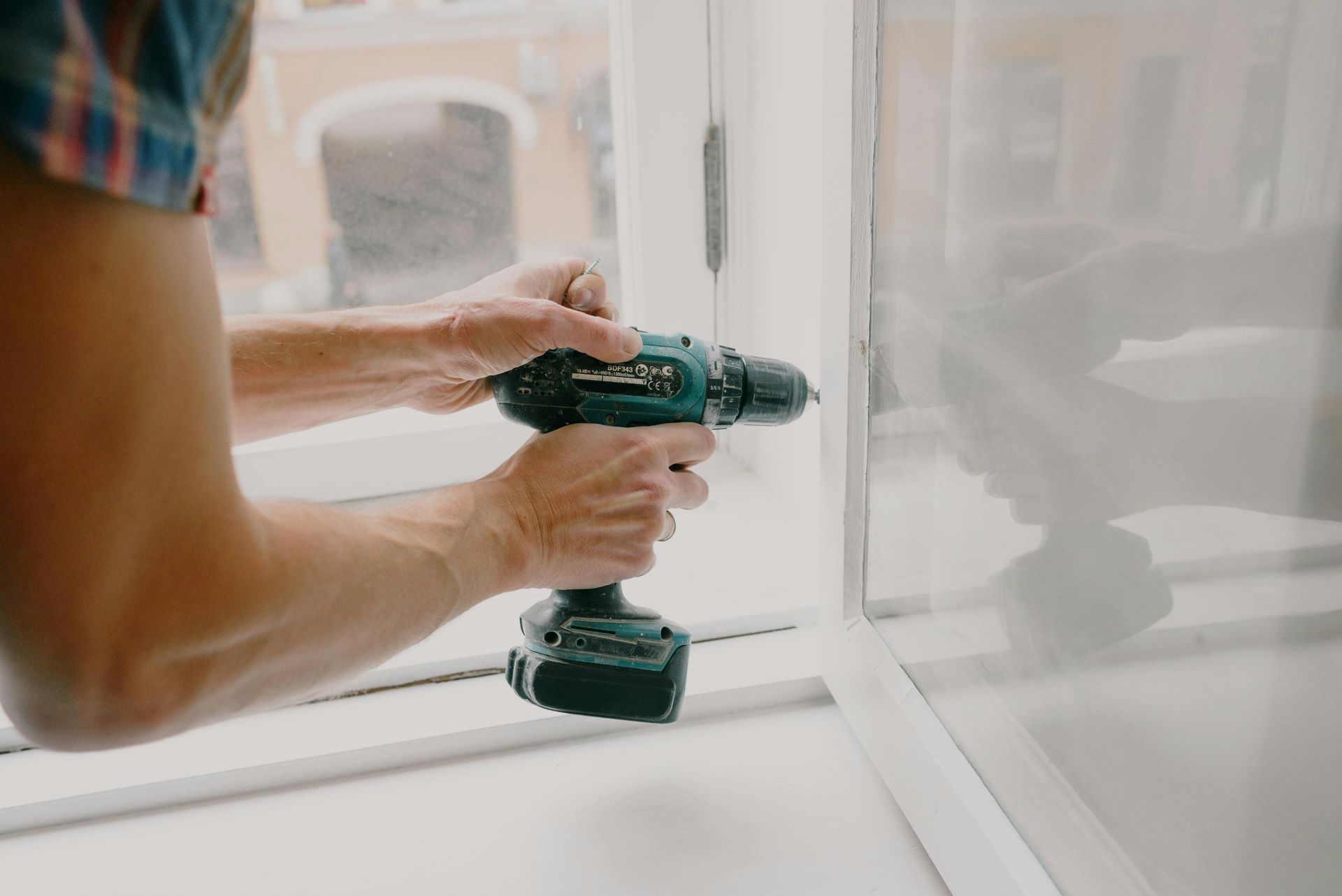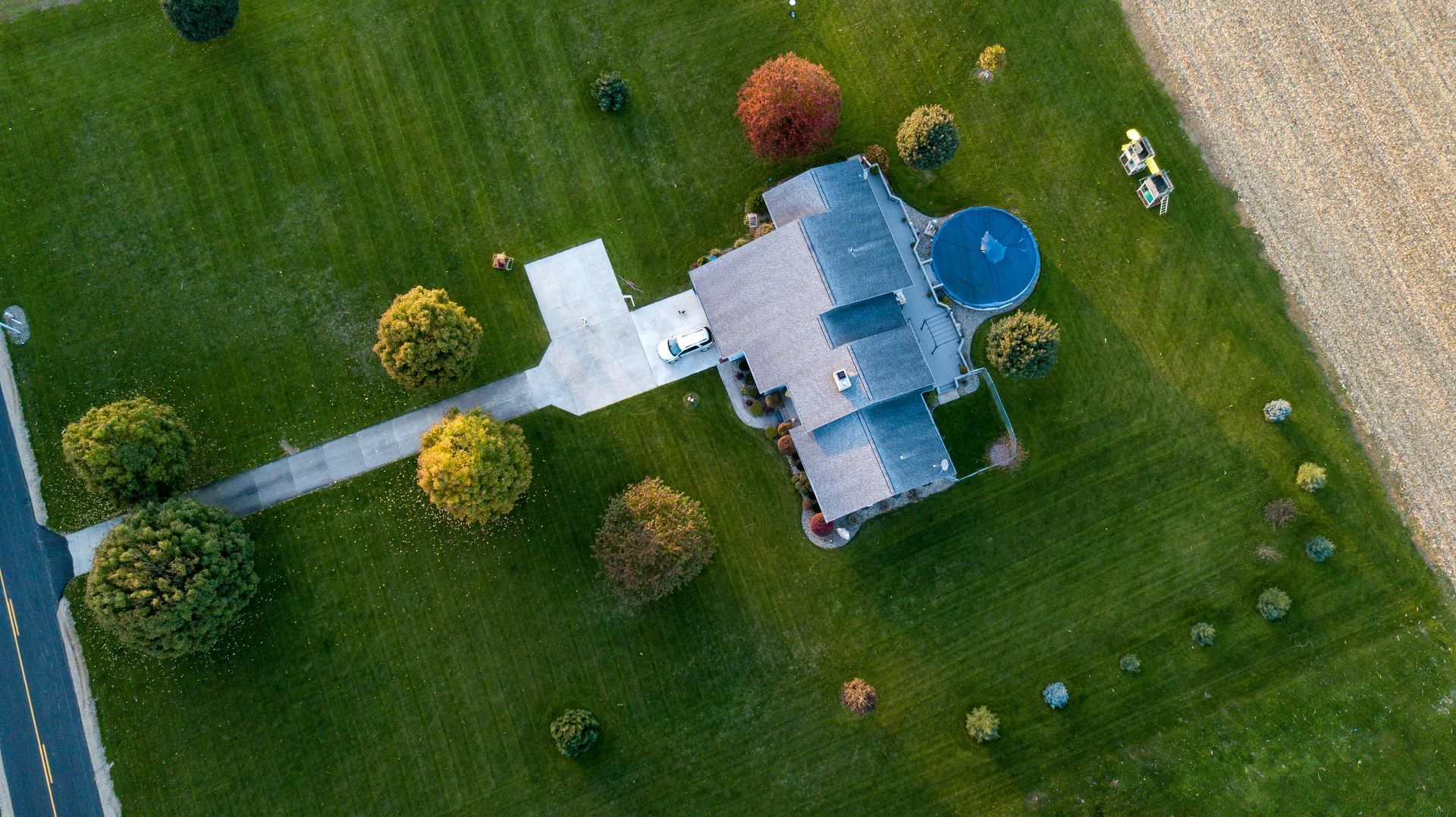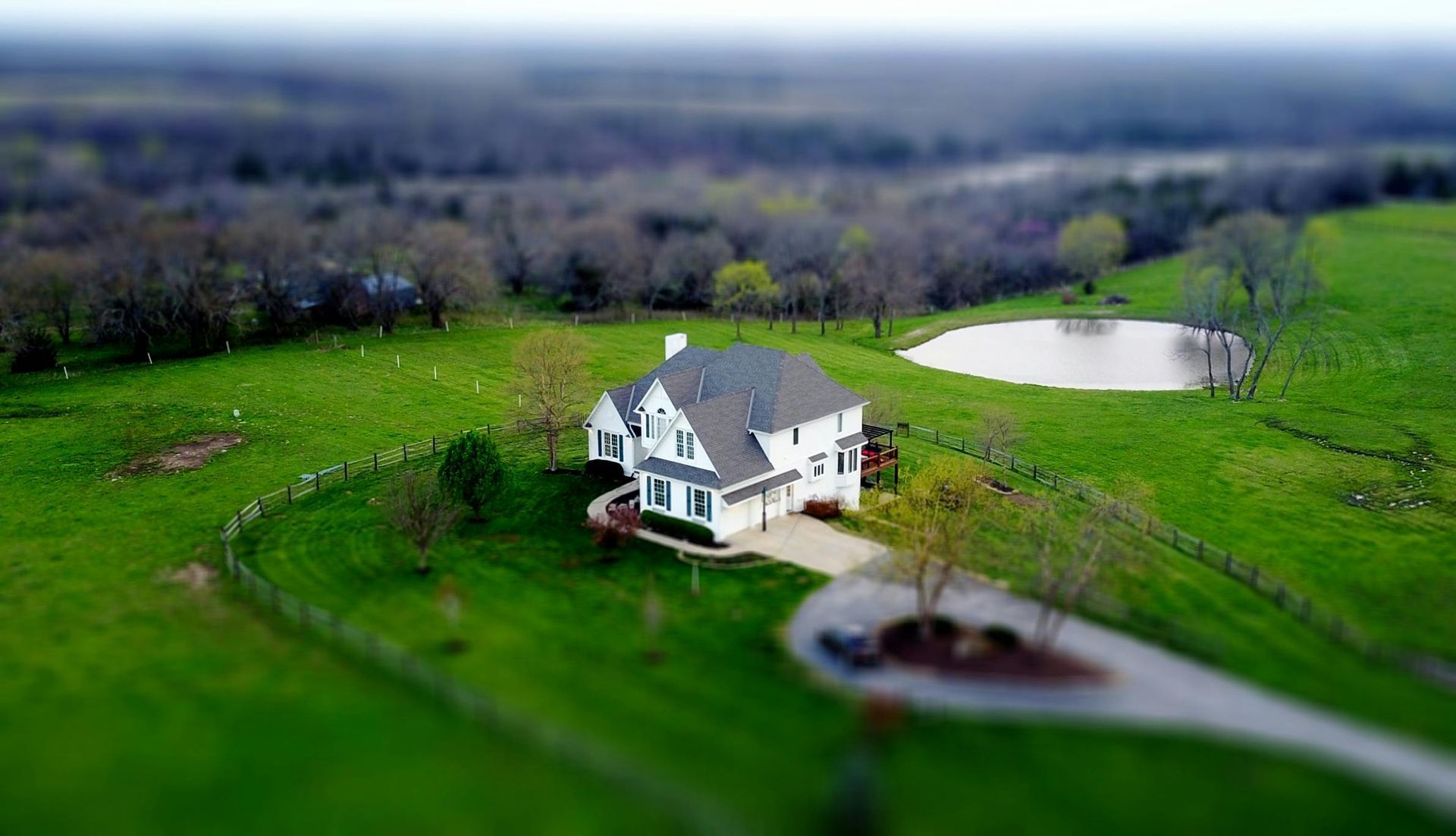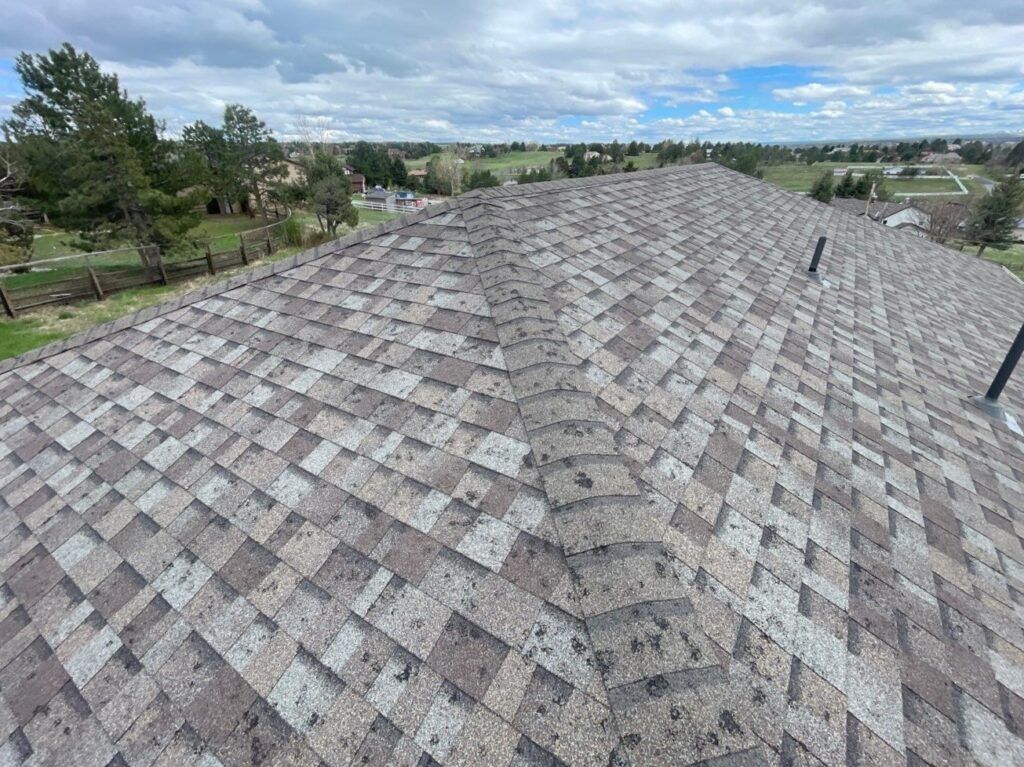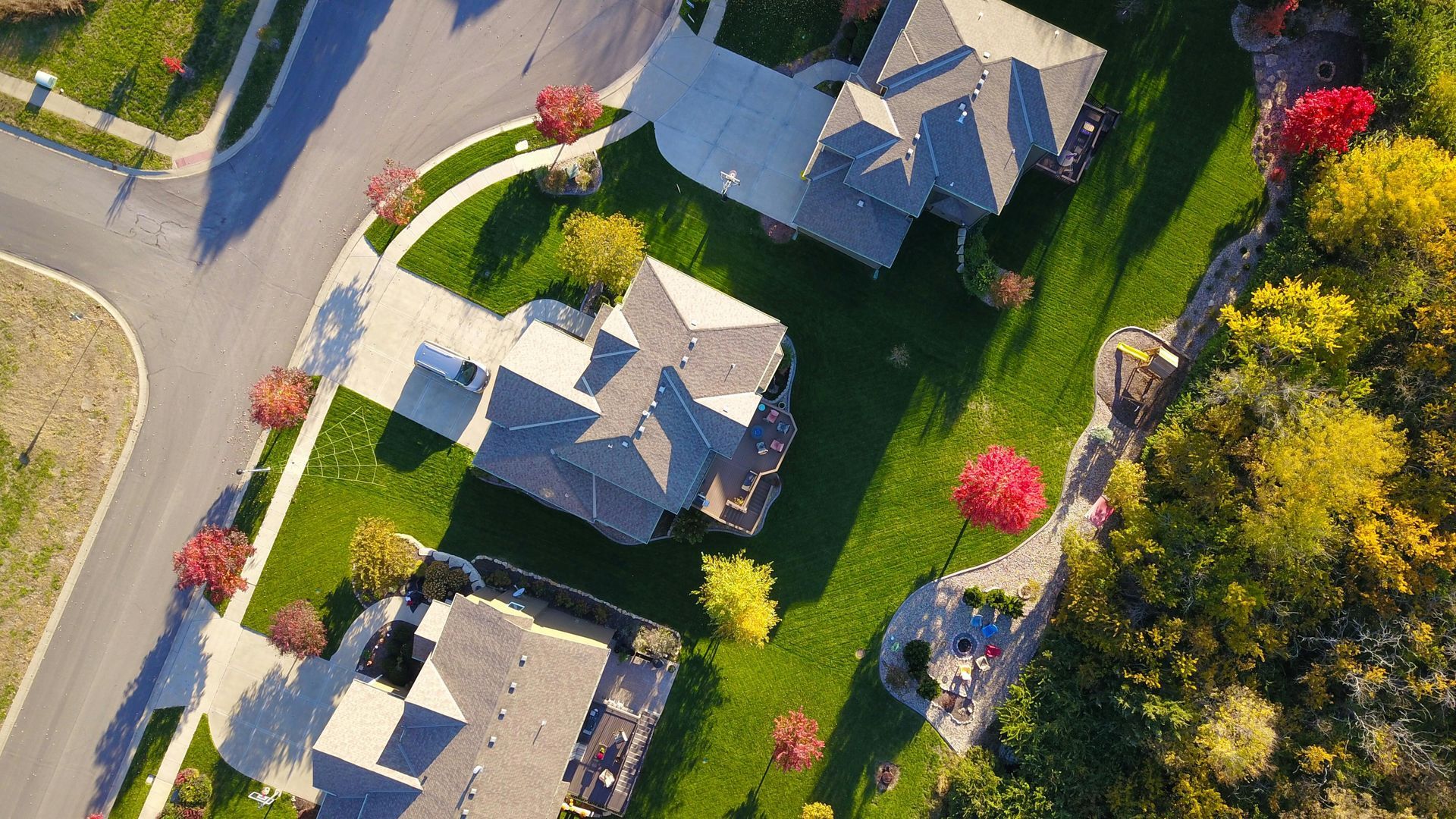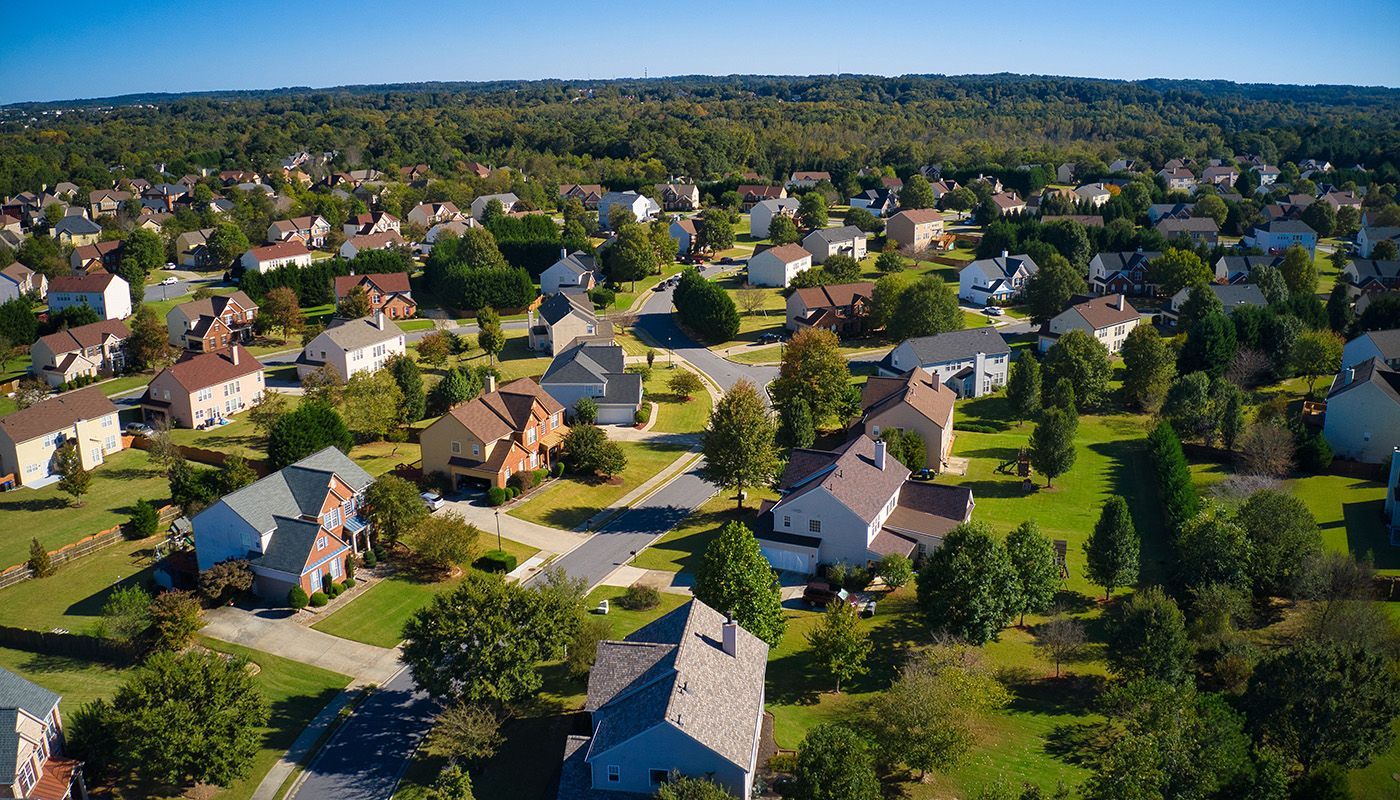Chubb Insurance and Water Damage: A Step-by-Step Restoration Guide for North Texas Homeowners
Chubb Insurance and Water Damage: A Restoration Guide for North Texas Homeowners

When you live in North Texas, you’re used to the ups and downs of the weather—beautiful, sunny days interrupted by sudden storms, or freezing cold fronts that turn pipes into popsicles. And while we’re proud of our unique Texas spirit, we’re less fond of the water damage that can come with Mother Nature’s mood swings. Whether it’s an unexpected pipe burst, a flooded bathroom, or storm runoff seeping into your walls, water damage can wreak havoc. Thankfully, if you’re a Chubb insurance policyholder, you have solid support for navigating the restoration process. Here’s a classy, step-by-step guide to making it through water damage restoration with ease.
Step 1: Assessing the Situation
First thing’s first—take a deep breath. We know it’s a mess, and no one wants to wake up to a mini-lake in their living room. But before panic sets in, remember that Chubb insurance is known for its comprehensive coverage and customer service, so you’re in good hands.
Start by evaluating the severity of the damage. Is the water source still active, like a burst pipe or overflowing appliance? If so, turn off the main water supply to stop any further flooding. For storm-related issues, like rain seeping through windows or roofs, patch up as best as you can to prevent more water from entering. Your safety is the priority, so stay clear of any wet electrical areas until professionals arrive.
Pro Tip for North Texans: Document everything. The old saying “pics or it didn’t happen” applies here. Use your phone to take photos and videos of all the damage, from close-ups to wide shots. This evidence will be crucial when filing your claim and will help your Chubb adjuster assess the situation fully.
Step 2: Checking Your Chubb Insurance Policy
Before you file a claim, take a moment to review your Chubb insurance policy. Chubb is known for its high-quality, high-value policies that offer tailored coverage, often more comprehensive than standard policies. Most Chubb homeowners policies cover sudden and accidental water damage, including burst pipes, appliance overflows, and storm-driven water intrusion.
However, keep in mind that flood damage—as in rising water from outside your home—typically requires separate flood insurance. Since North Texas occasionally experiences flash flooding, consider adding flood coverage if it’s not already part of your policy.
If you’re unsure of the specific details or coverage limits, contact your Chubb representative. They’ll clarify what’s covered and answer any questions you might have, making sure you have the best possible guidance for your claim.
Step 3: Initiating the Claim Process
Now that you’ve assessed the damage and reviewed your policy, it’s time to file a claim. Chubb makes this process as painless as possible, which is one of the reasons their policyholders are so loyal. Here’s how to get started:
- Online: Chubb’s online claims portal is straightforward, allowing you to file a claim, upload documents, and track progress.
- By Phone: Call the Chubb claims hotline to speak to a representative who will walk you through the steps.
- With Your Agent: If you have a local agent, they’re a great resource and can help you file a claim and answer questions specific to North Texas water damage concerns.
When filing, be prepared to provide your documentation, a description of what happened, and an estimate of when the incident occurred. Once you submit your claim, you’ll receive a claim number, and Chubb will assign an adjuster to work with you on the next steps.
Step 4: Temporary Repairs to Minimize Further Damage
Once your claim is in, it’s time to make temporary repairs to prevent further water damage. Covering a leaky roof with a tarp or putting towels down to absorb excess water can stop the situation from worsening while you wait for professional help.
Why It Matters: Chubb typically covers reasonable costs for temporary repairs, so keep all receipts and records of purchases, as you’ll need to submit these with your claim. However, avoid any extensive repairs until Chubb’s adjuster has inspected the property, as they need to see the full extent of the damage to accurately assess your claim.
Local Tip for North Texans: If a cold snap is forecasted, consider insulating exposed pipes to prevent future bursts. Winters here can be sneaky, and a bit of preparation now can save you a lot of hassle later.
Step 5: Working with Your Chubb Adjuster
After filing your claim, a Chubb adjuster will reach out to schedule an inspection. Chubb adjusters are known for their professionalism and customer focus, so expect clear communication and thorough evaluation of the damage.
During the inspection, the adjuster will assess the scope of the repairs and discuss your options. Be sure to ask questions—this is your opportunity to clarify any uncertainties about the claim or next steps. If you find additional damage before the adjuster’s visit, make sure to note it, as this will help in creating a complete damage report.
Step 6: Selecting a Restoration Professional
Once your claim is approved, it’s time to hire a contractor to begin the repairs. North Texas is full of contractors promising fast fixes, but water damage restoration is a job that demands expertise. Choose a contractor who specializes in water damage restoration and has a reputation for quality work.
Chubb’s Contractor Network: Chubb often has a network of preferred contractors who meet their high standards. Working with a recommended contractor can streamline the restoration process, as they’re familiar with Chubb’s policies and procedures, and they often communicate directly with your adjuster.
Step 7: Receiving Your Claim Payment
Chubb’s claim payment process is structured to help you through each phase of the restoration. For larger claims, you may receive multiple payments based on the repair stages:
- Initial Payment (Actual Cash Value): Covers immediate repair costs for the current value of damaged items or structures.
- Replacement Cost Payment: If you have replacement cost coverage, Chubb issues an additional payment once repairs or replacements are complete to cover the difference between the actual cash value and replacement costs.
This two-part system allows you to handle immediate expenses while ensuring you’re not short-changed on the full restoration cost.
Step 8: Preventing Future Water Damage
As frustrating as water damage can be, it’s also a wake-up call to fortify your home. Here are some proactive steps to consider after repairs:
- Install a Leak Detection System: A water leak detection system can alert you before minor leaks become major problems.
- Upgrade Your Appliances: If your old dishwasher or washing machine was the culprit, it may be time to invest in newer, leak-proof models.
- Insulate Exposed Pipes: North Texas winters can be unpredictable, and insulating pipes, particularly in unheated spaces, is a wise investment.
A Final Thought for North Texas Chubb Policyholders
While water damage is a hassle, the restoration process doesn’t have to be. Chubb’s policies and claims process offer homeowners a seamless path to restoring their homes, turning a major inconvenience into a manageable experience.
So, if a burst pipe or rogue appliance has rained on your parade, remember that Chubb has your back. With a clear plan, detailed documentation, and a trusted contractor, you’ll be on your way to a fully restored (and maybe even upgraded) home. After all, we Texans know how to handle a little water—especially when we’re as well-prepared as you are with Chubb.

